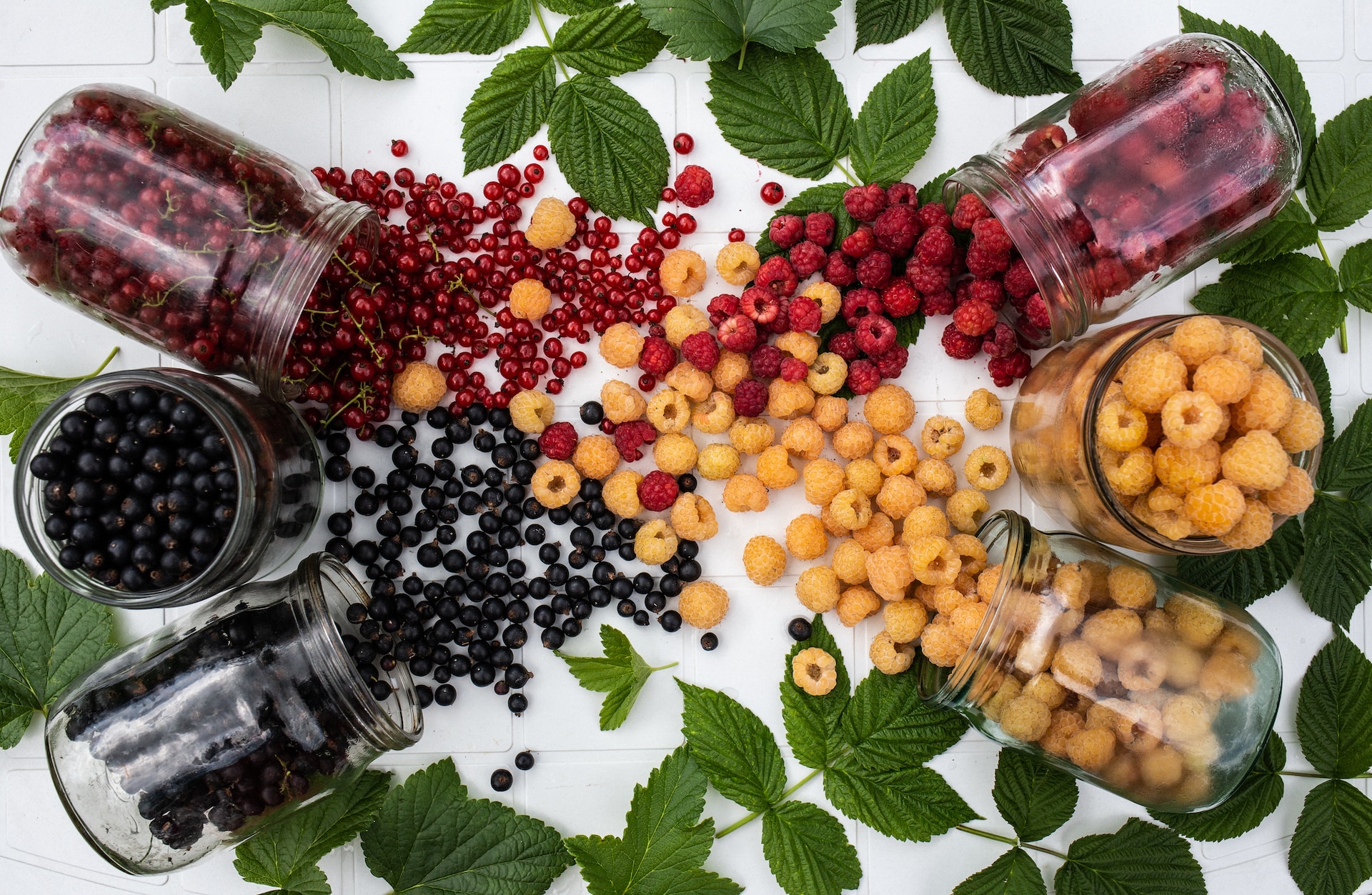Health
Enhance Your Wellbeing with Foods High in Antioxidants

Hello, radiant readers! Let’s talk about something that’s as vibrant and vivacious as you are: antioxidants. These little powerhouses are the secret weapon in your kitchen, ready to give your health that extra boost it needs as you age gracefully.
Now, before we dive in, let’s clear the air. Antioxidants: what are they? Imagine them as your body’s little superheroes, protecting your cells from harmful free radicals. Free radicals are those naughty molecules that can cause damage when their levels become too high in your body. They’re linked to multiple illnesses, including diabetes, heart disease, and cancer. But don’t worry, our antioxidant heroes are here to save the day!
Berries
First on our list of antioxidant-rich foods is the humble berry. Strawberries, blueberries, raspberries – oh my! Berries are not only sweet, succulent, and satisfying but also packed with antioxidants. They’re like nature’s candy, but with a health kick. Add them to your morning oatmeal, blend them into a smoothie, or enjoy them as a refreshing afternoon snack.
Dark chocolate
Next up, we have dark chocolate. Yes, you read that right. Dark chocolate is not only a delicious indulgence but also a fantastic source of antioxidants. But remember, not all heroes wear capes, and not all chocolates are created equal. Aim for the kind that’s high in cocoa (70-85%) to get the most benefits. So, the next time you have a craving for something sweet, reach for a piece of dark chocolate. It’s heart-healthy, mood-boosting, and oh-so-decadent.
Leafy green
Let’s not forget about the leafy green wonders: spinach and kale. These greens are packed with vitamins A and C, which are potent antioxidants. Try sautéing them with a little garlic and olive oil for a tasty side dish or toss them in your salads for a nutrient boost. Remember, Popeye didn’t get his strength from canned spinach for nothing!
Nuts and seeds
Nuts and seeds, like almonds and sunflower seeds, are also excellent sources of antioxidants. They’re the perfect snack to keep you energized throughout the day. Not to mention, they’re great for your brain health, too!
Spices
Now, let’s talk about the queen of spices: turmeric. This golden spice is not only a staple in Indian cuisine but is also loaded with curcumin, a powerful antioxidant. It’s time to spice up your life – and your meals – with a little turmeric.
Red wine
And lastly, let’s talk about the all-time favorite: red wine. This velvety vino is rich in resveratrol, a type of antioxidant found in the skin of grapes. So go ahead, pour yourself a glass and toast to your health.
But remember, while antioxidants are crucial, balance is key. A diet rich in antioxidant-filled foods, combined with regular exercise and a positive mindset, is the secret recipe for a healthy, happy life.
So, let’s embrace these antioxidant-rich foods with open arms and open hearts. After all, they’re not just foods; they’re secret health boosters, ready to help us shine from the inside out.
Here’s to aging gracefully, living vibrantly, and eating deliciously. Cheers, my dears!
